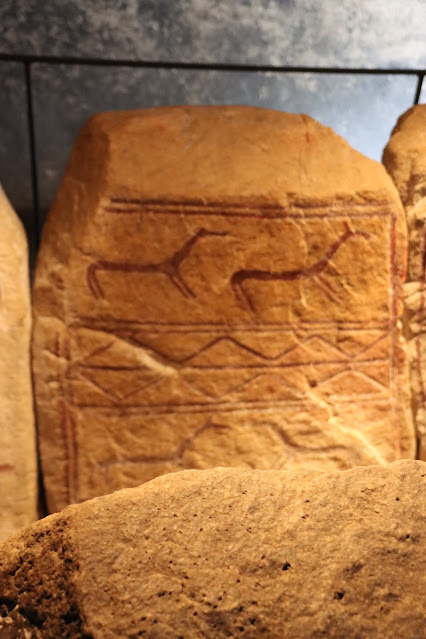The weekend of the 23rd-24th Aug 2024 started with a tough day of rugby. Kris and the boys travelled to Copenhagen to take part in a rugby tournament at Speed Rugby Club. They both came out successful:
P16s:
MRC vs Gentofte & Frederiksberg (Win 14-0)
MRC vs Speed, Christianshavn & Hundested (Win 29-5)
P18s:
MRC vs CrossBorder Ost (Loss 8-17)
MRC vs CrossBorder Vest (Win 22-0)
I headed up to Gothenburg to play the last game of our regular season. We won 61-26 which had us finish top of the ladder and move into finals.
There is more rugby coming up - the finals for the men's comp and the juniors Swedish Masters (USM).
The men's rugby is split into two pools - east and west coast. We finished top of our pool, so we play the second in the east coast pool for the semi-final (Erikslund). The 2nd in our pool (Lund) plays against the top of the east coast (Stockholm Exiles B). The games are played in two stages - a home and away game with the scores aggregated for both games to find a winner.
The winning two team then play off in a home and away game for the Grand Final.
After recovering from the game, Kristine and I decided to head out to Kivik to try to actually visit Kivikgraven when it was open. We had previously gone there in Feburary (Here) and on our previous trip in April 2016 (Here). Both times the grave was closed and we weren't able to see more than the outside. On the second trip we had also tried to find the Haväng Dolmen, but missed it an ended up taking a long hike instead.
This trip, we started at the grave - here's some history details from my previous post:
Kungsgraven, The Kings Grave, is believed to have been built in the early Bronze Age (around 1700-1000BC) and is a burial mound containing a large coffin. The inside of the grave contains many rock paintings representing animals and ships (which we couldn't see as we couldn't enter).
In the 1700s, the site was used as a quarry until the workers reached the cairn and the central coffin. The site has since been restored.
It is believed that at least four people, mostly teenagers, were buried in the coffin at various times throughout the Bronze Ages.
The stones that formed the outside of the coffin are painted with symbols.
The headstone (the one that would have been at the top of the above photo is missing. It is believed to have disappeared in the 1790s and is said to have shown an illustration of two axes, two spearheads, a conic figure and a ship.
Moving anticlockwise there is a blank stone and then a large faded stone:
The next stone shows the sun wheel split into four pieces - possibly depicting the seasons. The wavy pattern could be the sea or possibly a snake, which plays a big part in the mythology.
Moving around the bottom of the grave, the next stone (the bottom right corner) has been significantly damaged by weather and it's pictures are unclear:
The final stone:
 |
| Reproductions in the entrance |
After finishing up at the grave we decided to check out Haväng Dolmen, an old burial site nearby. The last time we had headed south from the carpark and missed the site completely - it was instead only about 5minutes walk north.
The site is a 5000 year old grave, which was discovered after a heavy storm in the 1800s. It is a stone chamber grave, or megalithic grave. The word Dolmen means a burial chamber built of stone with a stone slab on top. They usually contained a single body with burial gifts:




























No comments:
Post a Comment